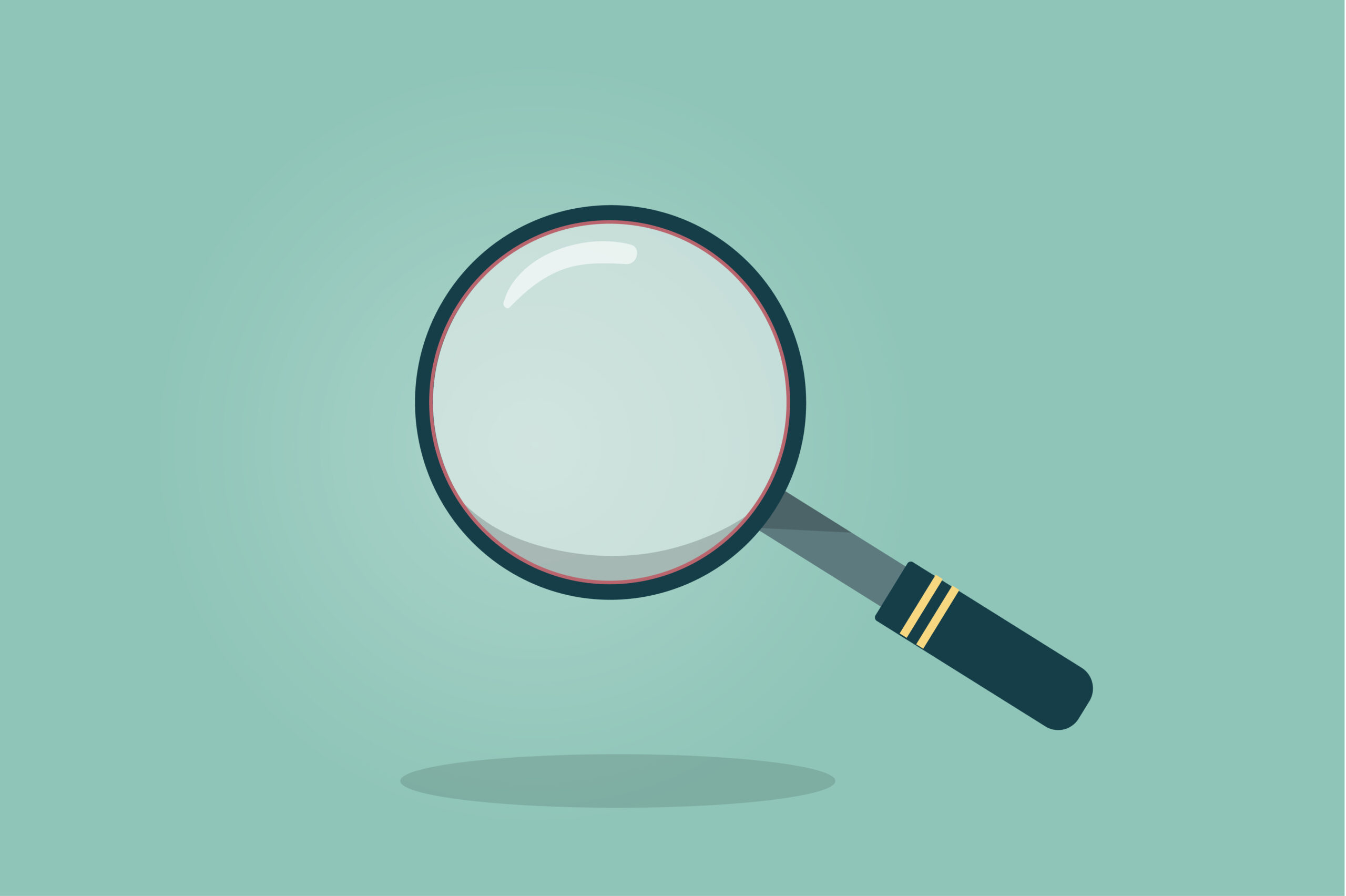Google penalties How to identify them and how to fix them – Have you ever been penalized by Google? Do you think you have been penalized but you are not sure? In this article you will find some useful tips and information, especially if you have noticed a decrease in traffic or changes in the positioning of your content on Google.
After the introduction to SEO, with a guide I published some time ago .Today I want to deepen the topic of Google penalties, to help those who want to understand if it is been penalized to identify penalties and, above all, to get out of a bad situation!
The main penalties that Google decides to adopt against blogs and websites can cause a reduction in traffic, a negative change in positioning or even (as happened, among others, to me) an exclusion of the site from the Google index .
Manual penalties and algorithmic penalties
The first distinction that must be made, when it comes to penalties, is that between manual and algorithmic penalties.
How to understand if my site is penalized?
Using tools such as SEOZoom or SEMRushIT is always possible to check if, in correspondence with updates of the Google algorithm, traffic drops are noticed : this is a first alarm bell that should help us understand if the site has suffered a penalty.
In the case of manual penalization, Google itself sends a message through the Search Console .
Google Panda
One of the updates to Google’s algorithm that made the web tremble the most was definitely Panda . First launched in 2011, it hit sites that contained low-quality content and articles.
Those affected by this penalty should usually take into consideration:
- The quality and length of the content
- The presence of duplicate content
- The usefulness (or rather the uselessness) of the published contents
Panda’s goal:
Poor quality results. Sites that have a lot of poor quality content and that try to rank well are penalized. Particularly:
- pages that are created only to increase traffic,
- content that is over-optimized with keywords and / or duplicates,
- content not related to your website.
Remedies: Analyze the content of your site and eliminate the bad / duplicate ones. Check if you can also spelling and grammar and the meta data of your articles: what is the URL structure? Are there Alt tags in the images? Are you using flash? Create content that is useful for the audience.
Google Penguin
This is the update that evaluates a website ‘s link profile . Penguin deals with analyzing the backlinks or incoming links of a website and the related anchor text ( anchor texts) used.
Launched for the first time in 2012, this was also one of the updates that created the most panic on the web and in those involved in SEO (so much so that people began to think, erroneously – imho – that ” link building was the bad to avoid absolutely “).
Basically, if previously positioning a site was “easier” thanks to unnatural and / or ad hoc link profiles , today it is more difficult and you have to be careful .
Among the factors taken into account by this algorithmic update are:
- The quality of the inbound links
- The growth rate of the links (i.e. the rate of acquisition)
- The variety of links obtained
This type of penalty can also affect individual pages (and for this reason it is sometimes more difficult to identify by those who are not experts in the sector).
Penguin Goal:
Poor quality sites positioned well in SERPs thanks to spai links and “Black hat” practices (read: Keyword stuffing, link schemes, unrelated pages, aggressive guest blogging, duplicate content, comment spam, over-optimized anchor text, …) .
Remedies: Check incoming links via Google Webmaster or other tools (Majestic SEO, Screaming Frog, Ahrefs, Link-Assistant, SEMRush, …), if they all have the same anchor text or if you participate in link schemes / link building systems paid works to remove these links. For links that you cannot remove you can use Google’s Disavow Tool.
Google Pigeon
Pigeon’s goal: To improve local search results.
Remedies: Check your business address, use of localized keywords and membership in local directories, as well as Google Places. Use rich snippets and check the reviews received.
Google Fred
The algorithmic update points a lot to the contents of the site and to the advertising present within the site: in essence, if you have thematic sites with quality content and non-invasive advertising, the results have had improvements (even quite interesting) , if, on the other hand, the site has content of little value, or relating to sensitive topics written to generate more traffic (see hoaxes, general scientific or medical information, …) there has been a sort of penalty / decrease in traffic.
It is also very likely that Google is also aiming to give less visibility to those sites that have recently been exaggerating with on-page advertising , practically completely covering or blocking the display of content due to excessive use of banner ads and above all extremely invasive advertising formats. .
According to some, news sites were most affected, in reality, in my opinion, from what I noticed, Google, with this update, has clearly shed light on the quality of the search results, going to act in a precise manner:
- Countering all sites that reported poor quality news and information
- Clarify the ideas to those who, with their thematic site, once they have built a certain authority, have begun to broaden their range of action more and more, inserting content belonging to any category (therefore to those who have moved from a single-issue site and has broadened its area of expertise too far)
- Punishing those who try to imitate the most famous sites by creating similar content but of lower quality or with incorrect / dubious content
Google Penalty Unnatural Outbound Links – Inbound
On March 10, 2014 Matt Cutts launched a tweet on his Twitter account: ” And here’s a reminder about unnatural / paid links for Italian”: the link leads to a page of Google Webmaster Central entitled “Unnatural links in Italy and requests for reconsideration” .
The page tells how Google has intervened several times on the sites and networks of Italian publishers who often aggressively violated the guidelines: once again, google recalled that these link schemes are penalized “we will continue to take the necessary measures in cases of artificial linking “ .
The published post, which you can read in its full version, aims to take stock of the situation on what are the links that Google considers harmful to the reputation and positioning of a website, as well as to advise which operations to take once received a email that a manual action has been taken .First of all google explains that “… our position on links pointing to your site has not changed: participating in link schemes and buying links that pass PageRank to influence search engine results is against the guidelines” .
In the same article there is a link to a video, published on March 3, 2014, which explains what the “paid links” are for Google, which you can see below:
In the same article, it is well explained that, in Italy, paid links are often purchased through article marketing or guest blogging initiatives. It is also interesting how, in the example shown, some of the keywords (and sector categories) most used to buy links in Italy are actually reported:
- Online poker
- cheap flight
- Spain
- luxury shoes
- ainsurance
- comparator
- offer
- coupon
At this point we refer to another short video by Matt Cutts published on January 29, 2014: “Is it possible to build links through article directories?”
Matt Cutts’ answer is clear: what google has seen is that often, behind the article directories sites there is a lot of spam-like content and a low quality of these sites in general. Matt’s recommendation is therefore not to use article directories sites for link building.
Unnatural links coming out of your website
At this point, Google writes that all the links sold within your site to “influence PageRank in some way” are considered violations of Google’s guidelines, and it is not difficult to find Italian blogs and sites that host optimized links that point to third party sites (both through guest blogging and through the implementation of widgets with links): google is aware that these links can be hosted without bad intentions , however these links aim to manipulate the positioning of a website.
Google sends several communications for unnatural links!
And also the site of one of our customers was “penalized” by receiving a manual action: On March 17th an email arrives that says:
You have received the following important messages in your account on sites submitted by Webmaster Tools. To maintain the integrity of your site, review these messages regularly and resolve any issues:
: unnatural outbound links
Google has detected an artificial or unnatural link pattern on the site. Selling links or participating in link schemes with the intent to manipulate PageRank is a violation of Google’s Webmaster Guidelines.
Following detection of unnatural links from your site, Google has applied a manual anti-spam action to xxxxxxxx.xx /. Other actions may apply to the site or parts of it.
Recommended action:
- Identify paid or inorganic links using rel = “nofollow” or directing to an intermediate page blocked by the robots.txt file
- Remove problematic links from your site
- After making sure your site complies with google’s webmaster guidelines submit a reconsideration request.
- For an up-to-date list of manual actions currently applied to your site, visit the “Manual Actions” page. If no manual action is listed, you no longer need to submit a reconsideration request.
If we determine that your site no longer violates our instructions, we will revoke manual action.
What we have done:
We contacted the site owner asking if he had received any requests to sell links. Fortunately he had kept a series of emails showing the links sold with the links. We have removed all links older than 12 months and added a rel = ”nofollow” on the new ones.
We also checked for “unnatural” inbound links or from penalized websites and removed those links.
The Manual Penalties
When you receive this type of penalty you should be alerted and quickly run for cover: it means that Google wants to remove your site manually from its indexes or is adopting “extreme” solutions.
There is a real team of specialists who take care of analyzing websites (have you ever heard of Google ‘s Quality Rater Team ?), Fortunately it is possible to understand if your site has undergone a manual action through the Search Console.
Usually these manual actions are implemented if the site:
- It was punctured / compromised
- It presents SPAM generated by users or by someone who has pierced the site and injected outbound links
- Contains Spam in the systems used for Structured Data Markup
- It receives no natural link .
- Contains very poor quality content, duplicated or copied from other websites
- Please Cloaking or command redirection not allowed by Google TOS
- Contains hidden text , malicious scripts, or excessive use of keywords to manipulate search data
For each of these cases it is Google itself who explains how it is possible to get out of the penalty by correcting errors and subsequent request for reconsideration (or revision): it is good to provide detailed information on the operations carried out to put the site back in order!
Google Top Heavy
This is a Google update launched in 2012 which aims to scan web pages and analyze the layout of the site: if this has an excessive number of banner ads, or if it is difficult for users to identify the content .The site could suffer a penalty.
This update is actually quite tolerant of many websites, let’s say that it is more in the good sense of the blog or portal owner to place advertisements and advertisements well in order to make navigation pleasant for the user.
Clearly this is a basic guide to penalties , if you found it useful or liked it please like it, share it on Facebook, or, if you want to add something, leave a comment below.
Good work and good money online,





